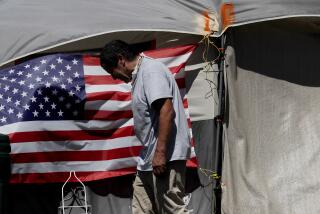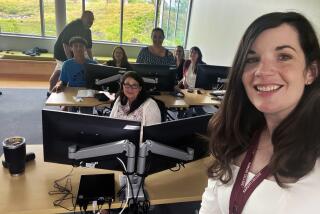Lab Links Remains to MIA Names
- Share via
HONOLULU — The last, and one of the longest, chapters of the Vietnam War is being written in an unobtrusive building near Pier 41 on the Honolulu waterfront.
There, at the U.S. Army Central Identification Laboratory, forensic scientists sort through bones and teeth recovered from Indochina, seeking to find indisputable links between the remains and the names of the 2,357 U.S. service members still missing in action.
The lab in recent years has come under fire for mistaken identities, and the identifications of three service members have been rescinded. Some veterans’ groups, demanding changes in the lab’s procedures, say the lab has identified some remains without definitive proof merely as a means of pacifying waiting families.
Nonetheless, to date the lab has indisputably identified 226 sets of remains from the Vietnam War. The lab also looks for those missing from World War II and Korea.
More than 100 sets of unidentified remains are at the lab, but some have been there for years because they are too scant or fragmented. Forensic experts are concentrating on 65 sets that arrived in the last year, military officials said.
“Identification is a painstaking process,” said Larry Belcher, a spokesman for the U.S. Pacific Command, which oversees the lab.
In 80% to 90% of the positive identifications, teeth are recovered and matched with dental records, said Ellis Kerley, the lab’s scientific director. Dental information on the Vietnam MIAs has been computerized for more efficient comparisons.
“Our identifications are based on the agreement of all available identifying information: age, race, sex, stature, medical X-rays and details of the accident,” he said.
Bones can often be compared with X-rays from a medical file.
In most cases, lab experts fly to Vietnam to examine the remains, which are shipped to the center in Honolulu if there is a chance they could be those of an American.
More to Read
Sign up for Essential California
The most important California stories and recommendations in your inbox every morning.
You may occasionally receive promotional content from the Los Angeles Times.










